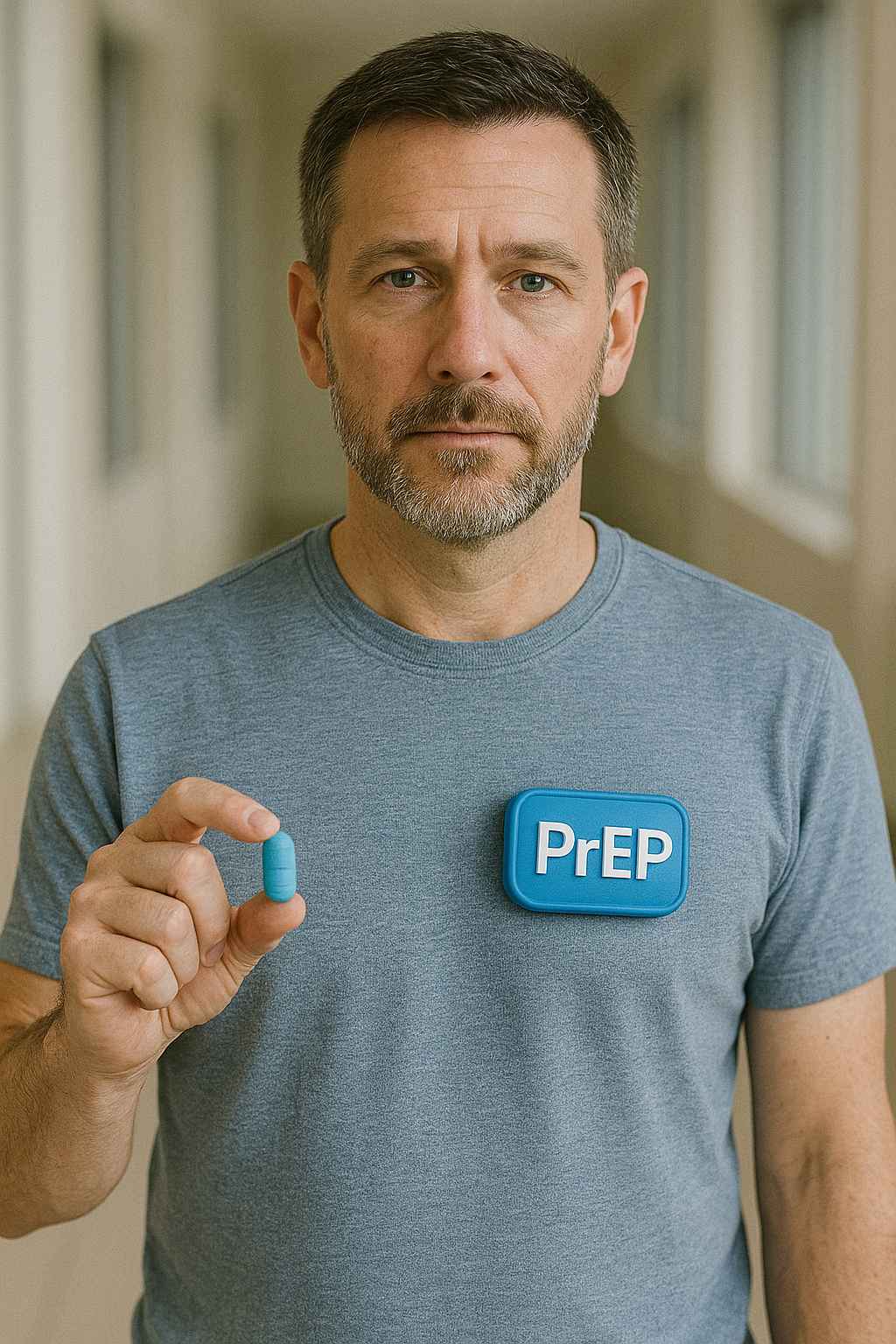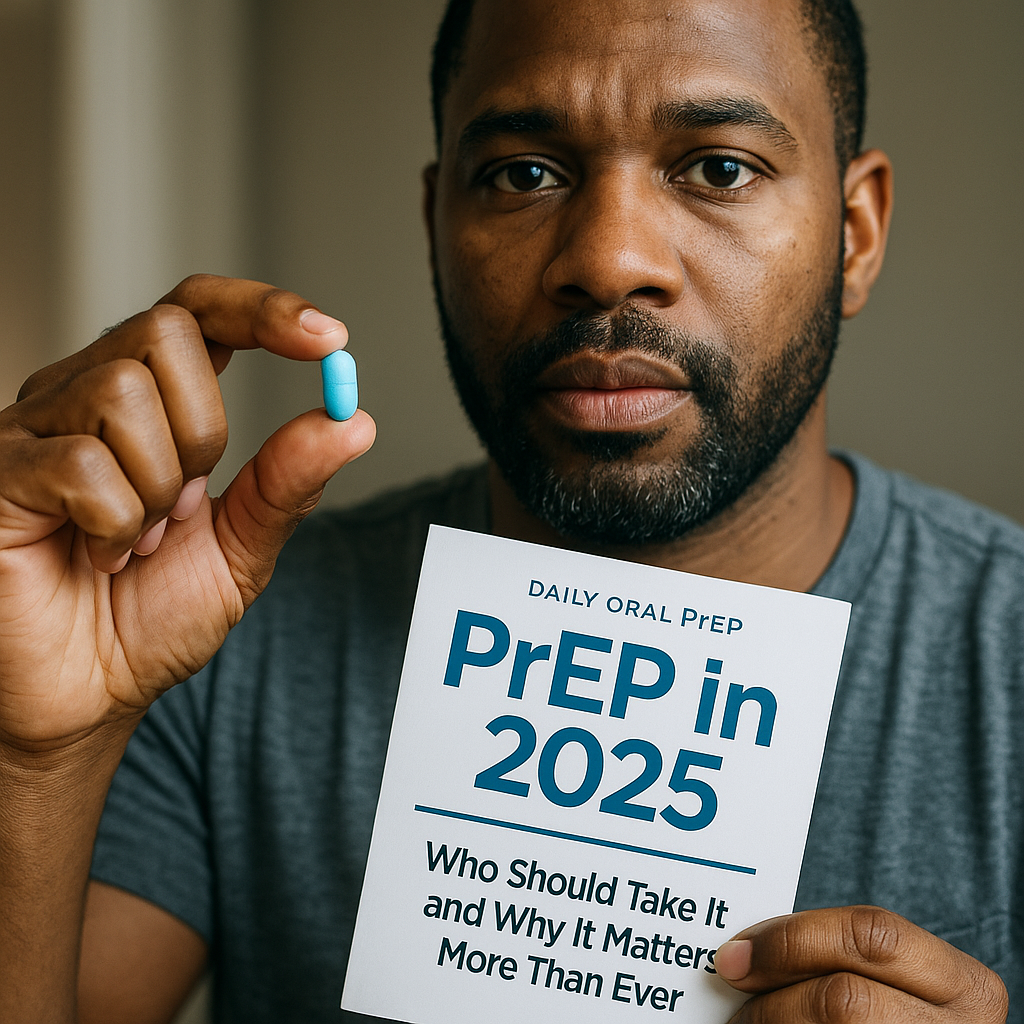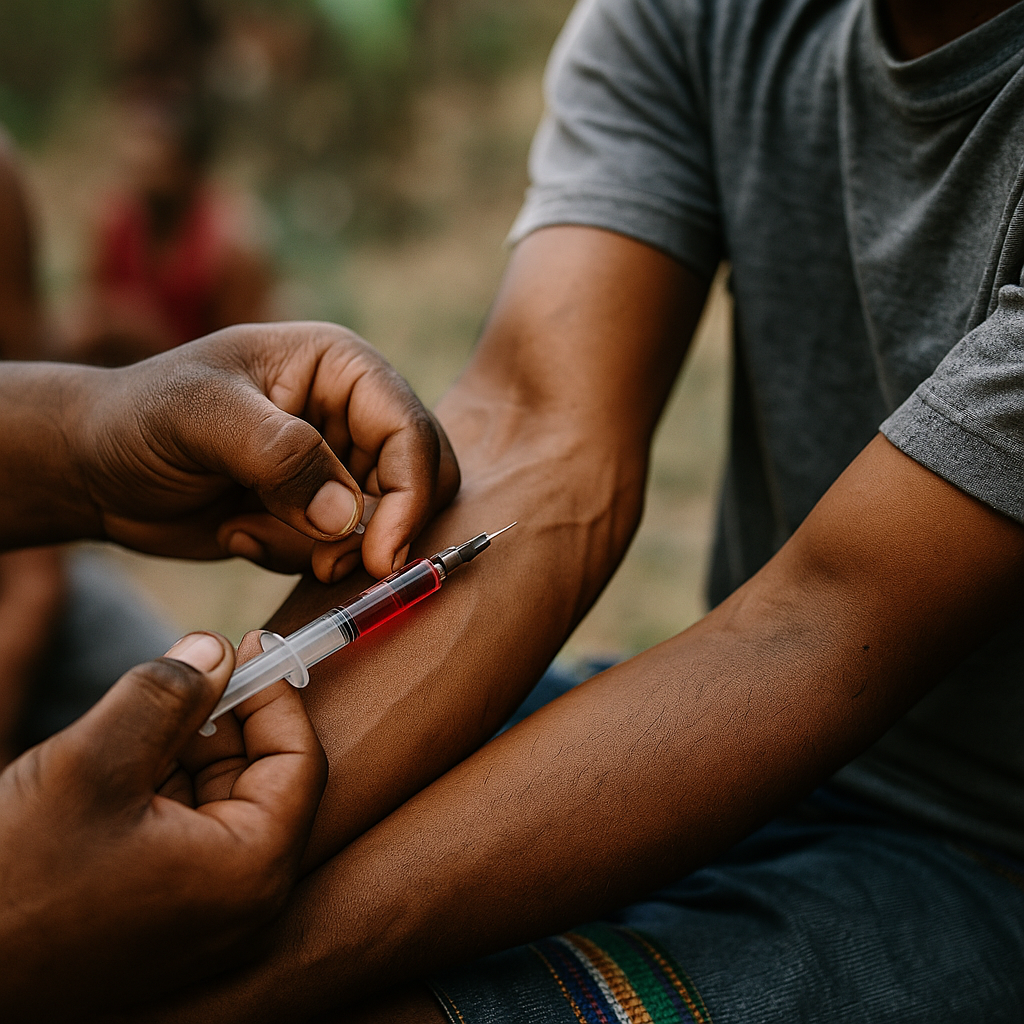Did you know there’s a daily pill that can reduce your risk of HIV by over 99%? It’s called PrEP, or pre-exposure prophylaxis. Understanding how PrEP prevents HIV is essential for anyone looking to protect themselves or their partner. Whether you’re newly exploring prevention options or seeking clarity on what PrEP actually does, this guide covers everything you need to know.
Table of Contents
- What Is PrEP?
- How Does PrEP Prevent HIV?
- Who Should Consider Taking PrEP?
- Is PrEP Safe and Effective?
- Common Myths About PrEP
- How to Get PrEP and Stay on It
- Conclusion
- FAQs
What Is PrEP?
PrEP stands for pre-exposure prophylaxis. It’s a medication regimen taken by individuals who do not have HIV but are at higher risk of exposure. The most common forms are daily oral pills like Truvada and Descovy, though long-acting injectable options are also emerging. When taken consistently, PrEP prevents HIV from establishing an infection in the body.
This prevention method is backed by decades of research and endorsed by the Centers for Disease Control and Prevention (CDC). It’s not a vaccine or a cure, but it’s one of the most powerful tools in the fight against HIV. People who take PrEP daily have peace of mind and stronger control over their health choices.
How Does PrEP Prevent HIV?
When taken as prescribed, PrEP builds up protective levels of HIV-fighting medication in your bloodstream and tissues. This stops the virus from multiplying and taking hold, even if you’re exposed through sex or injection drug use. PrEP is highly effective for all genders and works best when taken daily without missing doses.
Recent studies show that PrEP prevents HIV transmission in over 99% of sexual exposures when used correctly. It’s important to note, however, that PrEP does not protect against other sexually transmitted infections (STIs) or pregnancy, so combining it with condom use can offer broader protection.
PrEP is also part of a larger prevention strategy, which includes regular HIV testing, open communication with partners, and routine medical checkups.
Who Should Consider Taking PrEP?
PrEP is recommended for anyone at ongoing risk of HIV. This includes:
- Men who have sex with men (MSM)
- Heterosexual individuals with HIV-positive partners
- People who don’t consistently use condoms
- Those who inject drugs and share needles
- Anyone with a recent STI diagnosis
If you have ever worried about your risk during or after a sexual encounter, it’s worth asking your doctor about PrEP. Even if you’re unsure about your risk level, speaking with a healthcare provider can help you decide if PrEP is right for you. For more information, visit Healthcare.pro to connect with qualified professionals.
Is PrEP Safe and Effective?
Yes—PrEP is both safe and highly effective. Most users tolerate the medication well, though some may experience mild side effects like nausea, headaches, or fatigue during the first few weeks. These usually go away quickly. Long-term use may require regular check-ins with your doctor to monitor kidney and liver function, but these risks are manageable and rare.
Injectable PrEP is a newer option that eliminates the need for daily pills. Administered every two months, it offers similar protection and is especially beneficial for people who prefer less frequent dosing. In either form, the key to success is consistency and routine care with your provider.
Common Myths About PrEP
Despite its proven benefits, several myths still surround PrEP. Let’s set the record straight on a few:
Myth 1: “PrEP is only for gay men.”
This is false. PrEP is for anyone at risk of HIV, regardless of gender or sexual orientation. That includes heterosexual men and women, transgender individuals, and people who inject drugs.
Myth 2: “Taking PrEP means I don’t have to use condoms.”
While PrEP prevents HIV, it doesn’t protect against other STIs or unwanted pregnancies. Many people use PrEP alongside condoms for more complete protection.
Myth 3: “PrEP encourages risky behavior.”
Research shows that PrEP users often maintain or improve their sexual health practices, thanks to increased awareness, regular testing, and medical support. Using PrEP is an act of responsibility, not recklessness.
Myth 4: “PrEP has serious side effects.”
Most side effects are mild and temporary. Serious side effects are rare, and healthcare providers monitor patients to ensure safety.
How to Get PrEP and Stay on It
Accessing PrEP has become easier in many areas thanks to public health initiatives, online clinics, and telemedicine. Here’s how to get started:
- Talk to a healthcare provider: They’ll assess your risk and guide you through HIV testing, which is required before starting PrEP.
- Get a prescription: You may receive a 30-day supply with refills. Injectable options require in-office administration every two months.
- Stick with routine check-ups: Follow-up appointments every 3 months are standard for HIV testing, STI screening, and health monitoring.
Many insurance plans, including Medicaid, cover the cost of PrEP. Financial assistance programs also exist to support those without insurance. To learn about PrEP access or digital outreach campaigns, visit eHealthcare Solutions.
Conclusion
PrEP is a game-changing tool in HIV prevention. It’s safe, effective, and empowers people to take charge of their sexual health. For those at risk of HIV, it offers peace of mind and a clear action plan. PrEP is more than a pill—it’s a movement toward ending HIV transmission for good. Talk to your provider about your options and take the next step in protecting your health and your future.
FAQs
How quickly does PrEP start working?
PrEP reaches maximum protection against HIV through sex after about 7 days of daily use. For injection drug use, it may take 21 days.
Can I stop taking PrEP if I’m no longer at risk?
Yes. If your risk level changes, consult your provider before stopping PrEP. You may need to continue for a short period after your last exposure.
Does PrEP protect against other STIs?
No. PrEP only prevents HIV. Use condoms and get regular STI screenings to protect against other infections.
Is PrEP safe during pregnancy?
Yes. PrEP is considered safe for pregnant and breastfeeding individuals at risk of HIV.
Do I need a prescription for PrEP?
Yes, you’ll need a prescription from a healthcare provider and regular follow-ups every three months for testing and refills.
This content is not medical advice. For any health issues, always consult a healthcare professional. In an emergency, call 911 or your local emergency services.




